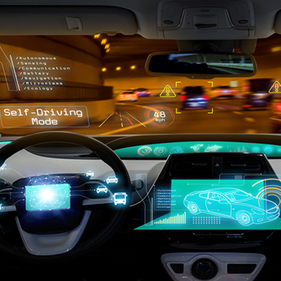By Gilles Roucolle, Jean-Pierre Cresci, Sebastian Janssen, and Tilman Apitzsch
This article first appeared in Forbes on September 6, 2018.
Convenience, cost, and comfort used to be the three C’s that explained why passengers chose one transportation option over another. In the 21st century, there’s a fourth C that may trump all the others — connectivity. Today, many people can barely go five minutes without being connected to the internet whether through their smartphone, smartwatch, tablet, or laptop. Why should their time traveling be any different?
When it comes to transportation, consumers want more than just uninterrupted online access: They also want the ability to work, shop, text, tweet, tag, stream, or catch up on the news while cooped up in a train, plane, bus, or car — just as they would when not on the move. Because they’re traveling, they especially want fast, flexible, door-to-door trip planning and booking, as well as real-time travel information — any service that will save them time and make their journey more productive and enjoyable.
It should come as no surprise that the future growth in ridership and revenue will go to the mode of transportation that proves best at providing what travelers want in connectivity and digital services. And while passenger rail has often trailed aircraft, automotive, and bus rivals in offering internet, some of its leading brands — along with some key technology players — are starting to invest.
Connectivity and 5G
No doubt, rail faces connectivity challenges, with the biggest hurdle for passenger trains — whether intercity, commuter rail, or urban transit — being dependable wireless as they travel at high speeds through tunnels, underground, and areas with few mobile broadband towers. During rush hours, trains can carry densities exceeding those of typical offices, which means a lot of competition for bandwidth. All this has often left rail passengers restricted to texting and sending emails, forgoing activities like streaming that become fraught with annoying buffering.
To read the rest of this article, please click here.
Rail – whether intercity, commuter rail, or urban transit – faces a challenge providing dependable wireless









